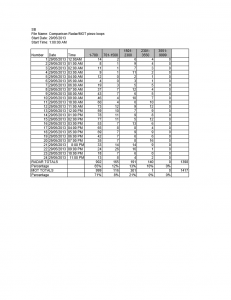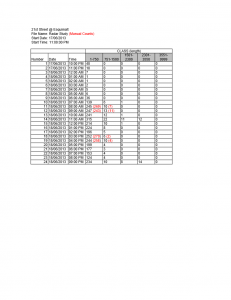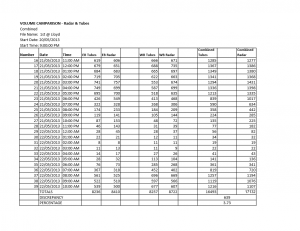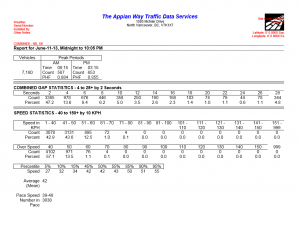Hello again everyone,
I’ve recently been conducting some tests of my new Jamar Radar Recorders, which I
would like to share with you.
The following studies include calibrations with tubes, loops, or manual counts.
The first study compares radar with piezo loops at the MOT Boston Bar count site.
The next example is of a classification study, comparing radar with a manual count:
The next example is of a 24 hour volume count, comparing radar with pneumatic loops.
My hope is that you find these comparisons useful in determining the accuracy of radar, especially for classification studies. From these recent studies I have learned much about correct installation procedures. Correct setback and angle of the unit is crucial. Also, there is a volume threshold where the use of two units is necessary, for best results. For example, the Boston Bar 24 hour volume was under 3,000. Here, one unit worked extremely well. However, at the Esquimalt classification study two units were necessary to obtain accurate length measurements. The 24 hour volume here was 6,439 vehicles. In any situations where there is over 5,000 vehicles/day, or extended queuing, two radar units are advisable.
The final example is of a speed study. This report provides a summary of speed results over a 24 hour period. In this case, speeds are divided into 10 kph increments. This report includes percentage over, percentile, and mean, speed, and is but a small sample of what Jamar’s speed reports can provide.
Pages: 1 2






